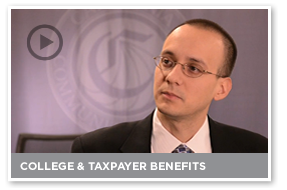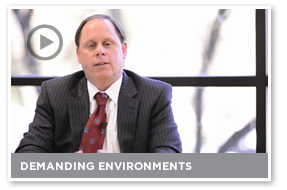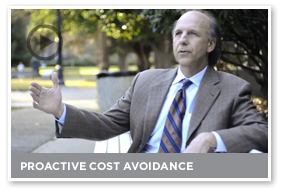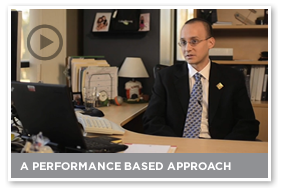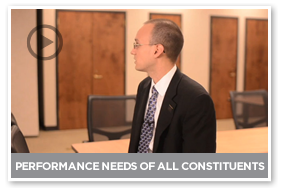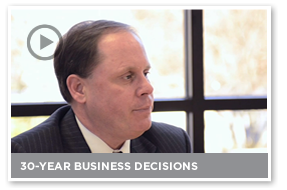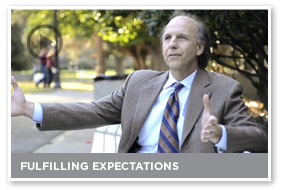THE LOOP
Summer 201610 commonly overlooked FF&E considerations
Of the numerous details that converge in planning a new project, those pertaining to FF&E have a way of quietly infusing themselves at the beginning of the process in the form of assumptions and generalized expectations. Lingering along as an ethereal placeholder, key specifics tend to be overlooked until much of the building has taken physical shape. Unfortunately, it is only at that point that those details are realized to be relevant to, and unsupported by its now established environment.
Wondering if your bases are covered? Here are 10 FAQs that lend themselves to strategic consideration and synchronization within the entire planning process.
1. Why start defining FF&E requirements in the design phase?
FF&E are three dimensional, often pedagogy and orientation-specific, power/data reliant and technologically interconnected. These aspects must be designed in and supported by the building infrastructure.
2. Why factor a 30 year lifespan in to the FF&E performance criteria?
Capital project monies can take that long, or longer, to repay the taxpayers. Operational budgets, especially M&O are more likely to tighten, and less likely to effectively accommodate aging FF&E over time.
3. How is Total Cost of Ownership in FF&E misunderstood?
Some institutions confuse TCO with the “Best Value” concept, which factors upfront costs only – not total costs, which include soft costs. In this case TCO can be underutilized as a guideline/benchmark.
4. What are soft costs?
These are the “hidden” expenses over and above initial purchase price of goods, such as post installation maintenance, evolving utilization and lifecycle management.
5. What is the most common FF&E budgeting oversight?
Not including fixtures, e.g.: shelving, monitor arms, etc., and/or having unrealistic A/V budgets to meet the demands of 21st century technology requirements.
6. What is the most common FF&E-related space planning oversight?
Not planning for future needs and conditions, especially related to technology, pedagogy and demographic evolution.
7. What is the most common cause of FF&E-related change order?
Changes to the academic or support program after building construction has begun.
8. What is the most common reason for process and/or schedule changes?
Community pushback on building design, or delays during construction.
9. Why source using “Performance Criteria” and not “Product Specification”?
Performance Criteria focuses on and requires goal-specific features and functionality of the product; Product Specification does not, and is therefore susceptible to interpretation by competing providers.
10. What is the most common FF&E-related post-occupancy issue?
Discomfort with the new environment, often associated with adjusting to change.
The road to your FF&E realities is a thoughtful, multifaceted one. Have a vision, begin early, foster the plan.
The LOOP is a quarterly e-publication for stakeholders and thought leaders of higher education. Here we will share the experiences, discoveries, knowledge, and inspiring stories that keep us excited about the communities with which we are interconnected.
Past Articles:
